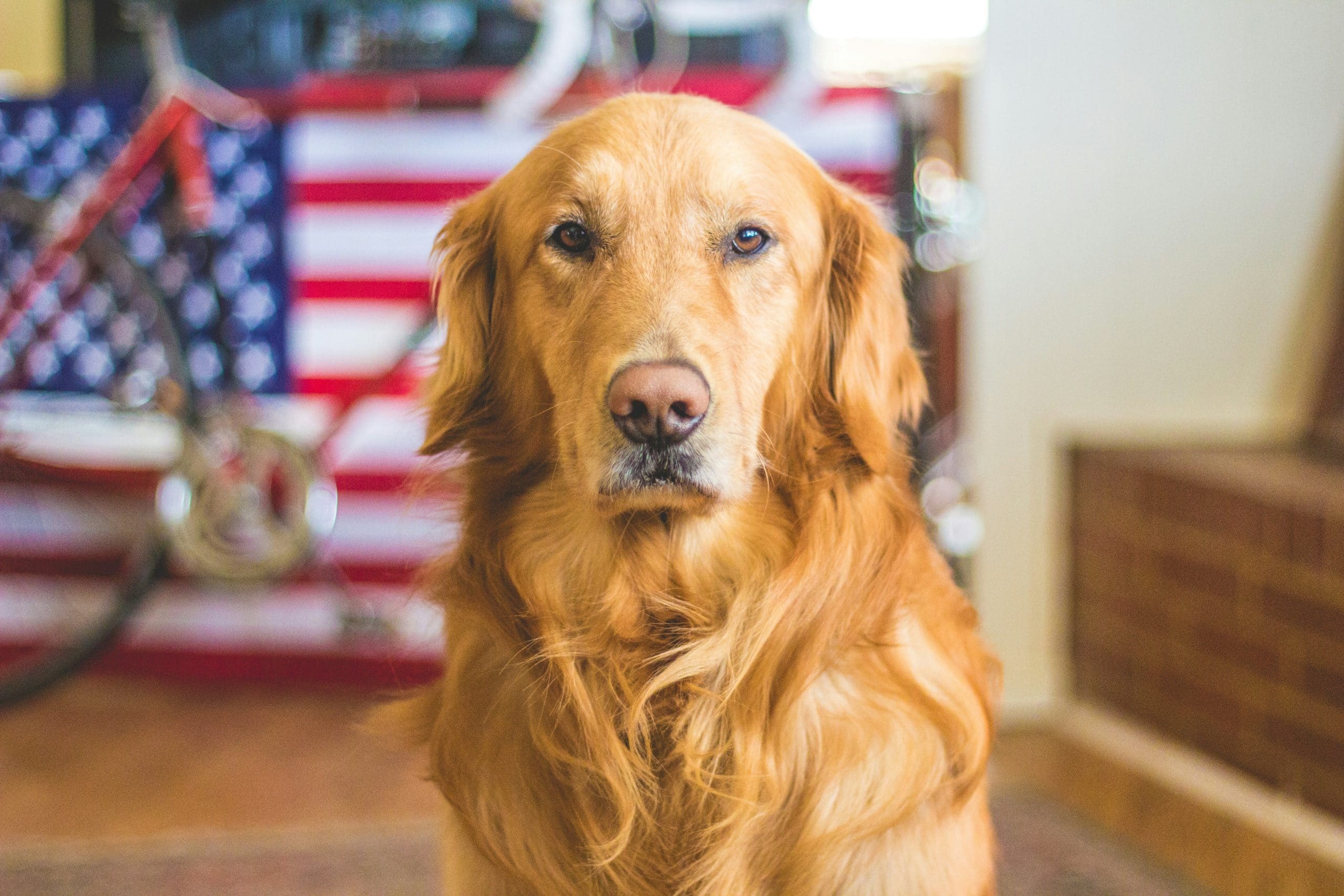Being a pet parent to a shy or fearful dog can be both a heart-wrenching and challenging experience. Your every instinct may be to lavish them with love and attention, but when fear is the operative emotion, such efforts can often backfire. These dogs need a different kind of approach, one that will help them overcome their fears and build confidence. This article will guide you through some effective strategies that you can employ to help your shy or fearful dog.
Understanding Your Dog’s Fear
To begin with, understand that fear in dogs isn’t something unusual or unnatural. It’s a survival mechanism that protects them from potential threats. However, when fear becomes debilitating or generalized, it can impair a dog’s ability to lead a normal life. Fear in dogs can manifest in many ways – excessive barking, hiding, aggression, escape behavior, or even elimination.
Dans le meme genre : Preventing and treating heartworm in dogs
Identifying the triggers that cause your dog’s fearful behavior is the first step towards helping them. This could be anything from a specific person, other animals like cats, certain situations, places, or even objects. Don’t rush this process. Spend time observing your dog carefully and patiently. Make note of their reactions to different situations and stimuli. This step is crucial as it will form the foundation for your further actions.
Building Trust and Security
The next important step involves building trust and security with your dog. A shy or fearful dog will only start to overcome their fears once they begin to feel safe and secure around you. Remember, trust can’t be rushed. It’s built over time, with consistent and positive interactions.
A voir aussi : Selecting the right collar for your dog
Use treats, toys or activities your dog loves as a way to build a positive association with you. Avoid forcing interactions. Allow your dog to approach you at their own pace. If they happen to retreat or shy away, don’t chase or coax them. Instead, give them the space they need, and resume your efforts at a later time when they’re more relaxed.
Gradual Exposure to Fearful Situations
Gradual and controlled exposure to the situation or object that frightens your dog is a strategy that can help dilute their fear over time. This is also known as desensitization. The key here is to take it slow. Expose your dog to a diluted version of the fearful situation, and gradually increase the intensity over time.
For example, if your dog is scared of people, start by exposing them to a calm and quiet person from a distance. Gradually decrease the distance over time, while pairing the experience with positive reinforcements like treats and praise. If at any point, your dog shows signs of discomfort or fear, take a step back and decrease the intensity.
Socialization and Training
Socialization is a crucial aspect of helping a fearful dog gain confidence. The more positive experiences your dog has with a variety of people, animals, and environments, the more likely they are to react confidently in new situations.
Start with quiet, controlled environments and slowly introduce more dynamic and noisy ones. Always keep a watchful eye on your dog’s behavior during socialization sessions. If they appear overwhelmed, remove them from the situation.
Training your dog can also be highly beneficial. Basic obedience training gives your dog a sense of structure and predictability which can be comforting for a fearful dog. Training also helps build a bond between you and your dog, potentially easing their fears.
When to Seek Professional Help
While these strategies can be highly effective, sometimes a dog’s fears are so deep-seated that they may require professional help. If your dog’s fear is extreme or if they exhibit aggressive behavior, it might be best to seek the help of a professional dog behaviorist or a pet behavior counselor.
These professionals can assess your dog’s behavior, identify triggers, and provide a customized training plan. They can also guide you on how to implement different strategies more effectively. It’s important to note that severe fear and anxiety in dogs can also have a medical component. Hence, a visit to the vet can also be beneficial, as they can rule out any underlying health issues contributing to your dog’s fearful behavior.
Remember, dealing with a shy or fearful dog can be a slow and patience-testing process. But with love, time, and consistent effort, you can help your furry friend overcome their fears and lead a happier, more confident life.
Consistent Routine and Positive Reinforcement
Consistency and predictability have a calming effect on fearful dogs. Establishing a routine that includes regular feeding times, walks, play sessions, and training can help to ease your dog’s anxiety. A routine not only provides a sense of stability for the dog, but it also builds trust. Your dog will begin to predict what comes next and will eventually become comfortable with the routine.
Positive reinforcement is another crucial tool for dealing with a shy or fearful dog. Encourage desired behaviours by using things like treats, toys, or praise. For instance, if your dog is afraid of being touched, try associating touch with a positive experience. This could be as simple as offering a treat immediately after gently touching the dog. Repeat this process multiple times until your dog starts associating touch with receiving a treat.
However, it’s important to remember that forced interactions can be counterproductive. If your dog is not yet comfortable with touch, don’t push them. Allow them to set the pace. It’s about making the dog feel safe and not about reaching a predetermined goal.
Eye contact can also be a powerful tool. Dogs often interpret direct eye contact as a sign of dominance or aggression. However, gently establishing eye contact in a non-threatening manner can help build a bond of trust with your dog. Start by holding eye contact for a few seconds at a time and gradually increase the duration as your dog becomes more comfortable.
Reflection and Conclusion
The journey of helping a shy or fearful dog overcome their fears can be long and challenging. It requires patience, dedication, and a lot of understanding. Every dog will respond differently to these strategies, so it’s important to find what works best for your dog.
Remember, your dog’s fear is not a sign of disobedience or stubbornness. It’s an emotional response that requires a compassionate and understanding approach. With consistent effort and gentle handling, your fearful dog can start to gain confidence and enjoy a better quality of life.
Seeking help from a dog trainer or behaviorist can be incredibly beneficial, especially in cases where the fear is extreme or deeply ingrained. They can offer guidance and create a personalized training plan that suits your dog’s unique needs.
As a pet parent, your most important job is to provide a safe, loving, and nurturing environment for your dog. Overcoming fears is not an overnight process, and there will be setbacks along the way. But seeing your dog step out of their shell and become more confident is truly rewarding. With these strategies and a lot of love, you can help your shy or fearful dog to thrive. Remember, the goal is not just to train your dog, but to help them feel more secure and happy. That is the greatest gift you can give to your canine companion.











